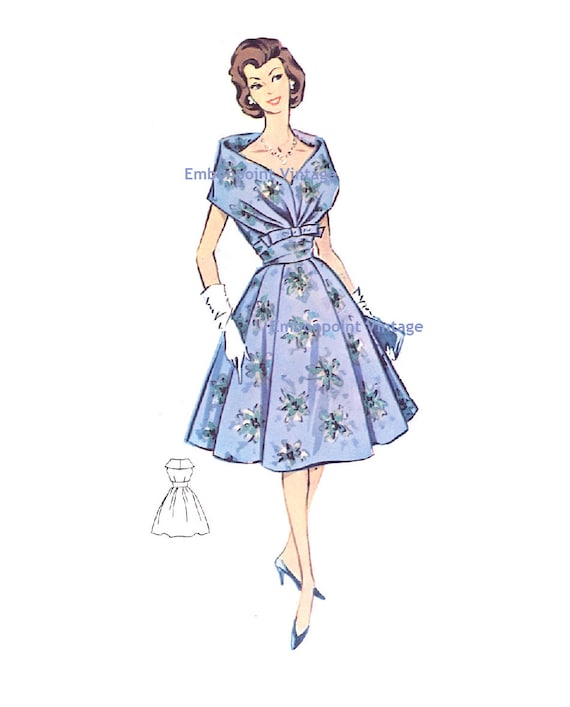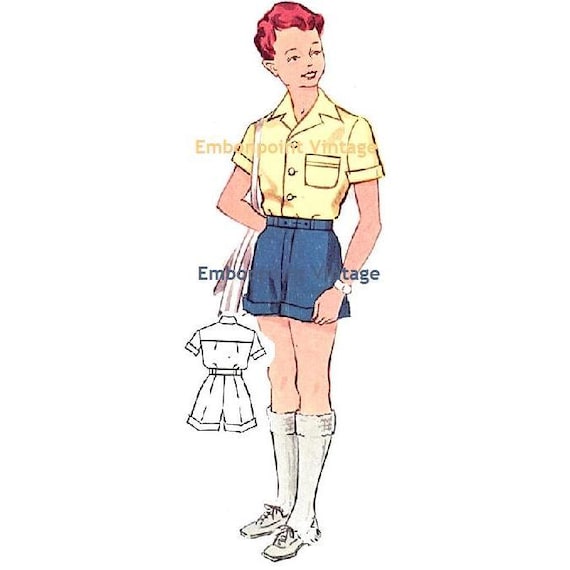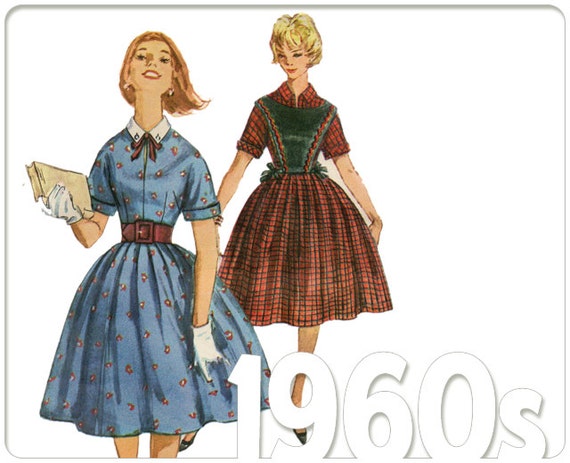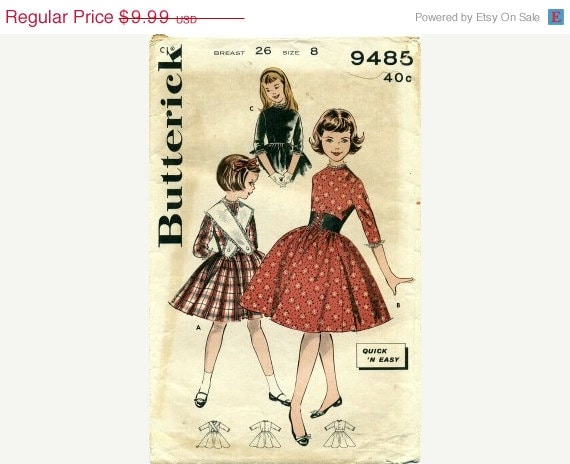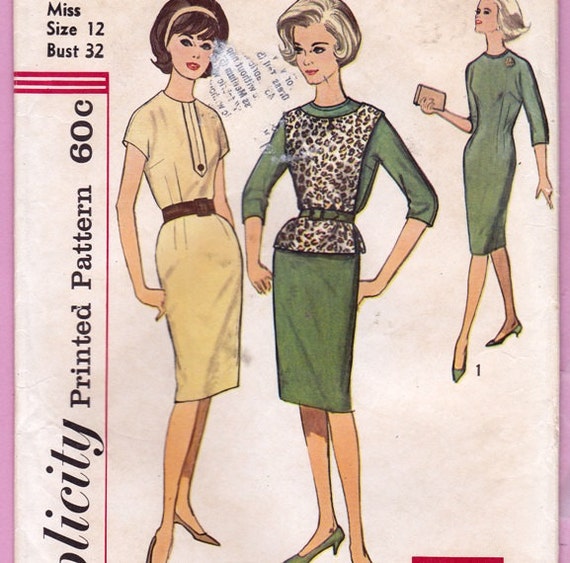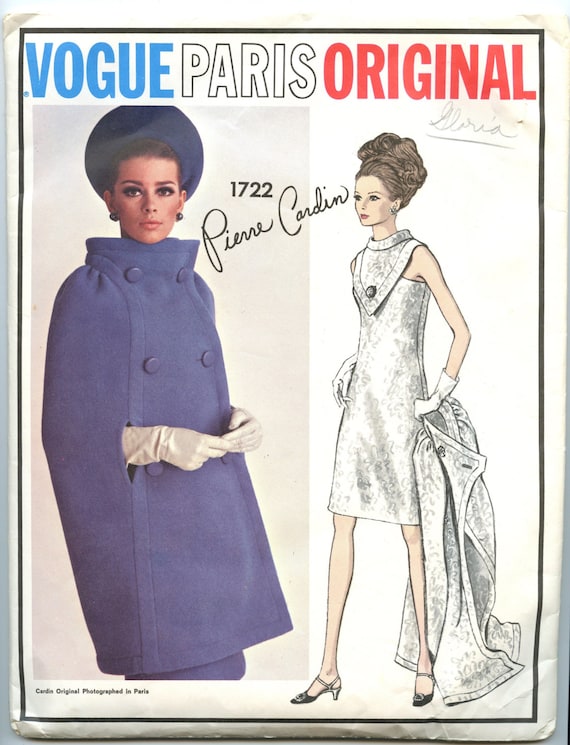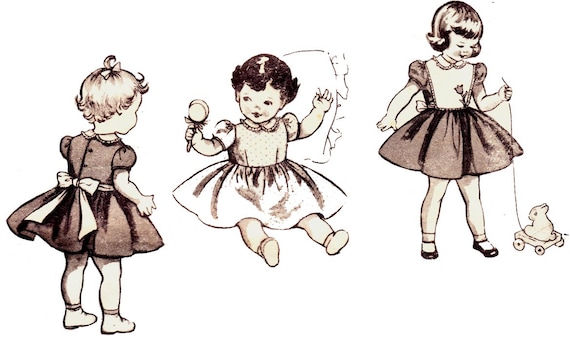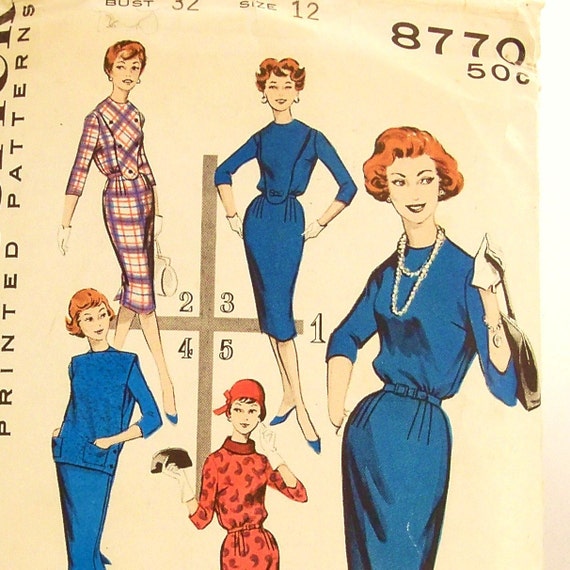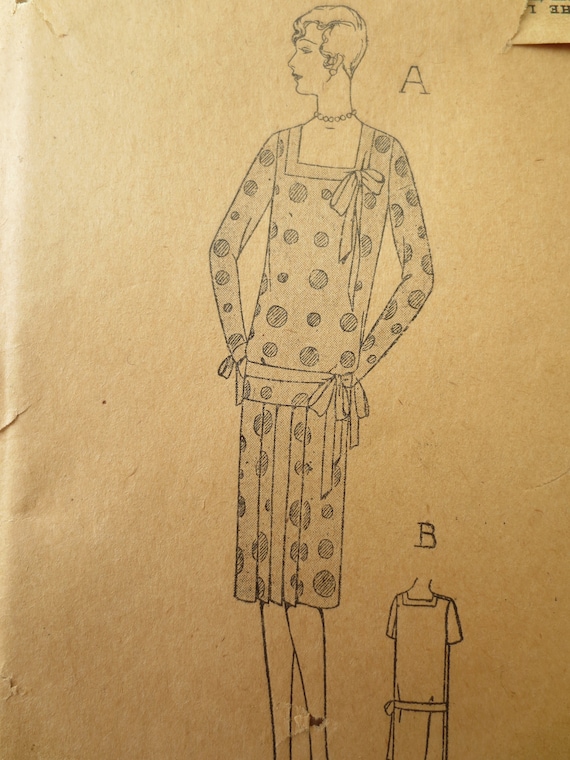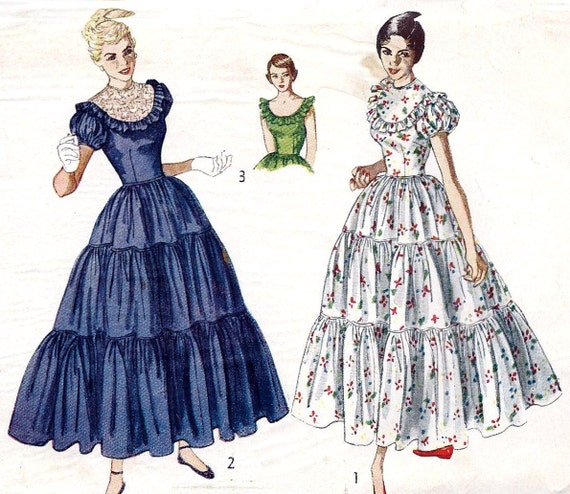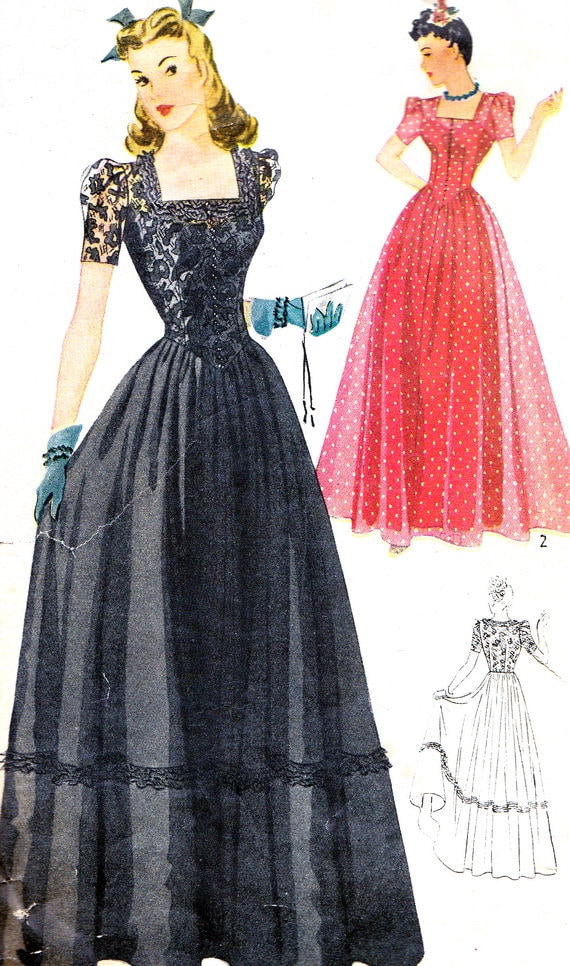Featured Seller:
Fancywork
Hello, I'm Marjie. The
snow is fluttering down here in Minnesota. Last year we still had snow in
May! Living up here is a good excuse to have an extensive collection of
vintage winter hats. Hat patterns are my favorite kind of pattern to
collect and sell right now. They're hard to find and sought out. I opened my Etsy store, Fancywork, in May of 2009. It’s
evolution into a vintage pattern store happened gradually. I started by
selling vintage clothes and a few sewing patterns which sold quickly. I
found more patterns at a garage sale and my store began to take
shape.
I've always been a gleaner and have had hours of fun with friends rummaging through thrift stores. One year we gathered so many vintage 60's evening gowns that on New Year's Eve we had costume changes for each party we attended that night! We brought suitcases and changed in the bathroom before we left for the next party. We also had our hair done up circa 1966 by stylists who were old enough to remember how to do it right. As time goes by it's getting harder and harder to find a fantastic vintage dress at a thrift store. That's a good reason to learn to sew!
I'm in graduate school now as well as working as an art teacher. Like most people, my life is much too busy. Sewing is a way of slowing down and getting centered. I find it can be meditative like making art. I'm a beginner seamstress and am gradually gaining courage to try more challenging sewing projects. I often think of my sister when I sew. I remember my older sister Rita sewing constantly when I was a little kid. She had the foxiest teen wardrobe on the block. She sewed passionately all of her life, making intricate quilts as well as clothes. Rita passed away a few years ago. For me being around sewing patterns is, in a small way, being with my sister.
My mother showed me an old photo of her and my sister pointing out Rita's toddler bonnet and coat. My Mom sewed the outfit out of my Dad's old Navy uniform. That's such a sweet fact. I'm glad she mentioned it to me. It's cool to think that because sewing is becoming popular again, people might be sharing sweet sewing memories like this with their kids in the future.
All Fancywork patterns are 10 percent off this month with the coupon code: 10Fancywork
I've always been a gleaner and have had hours of fun with friends rummaging through thrift stores. One year we gathered so many vintage 60's evening gowns that on New Year's Eve we had costume changes for each party we attended that night! We brought suitcases and changed in the bathroom before we left for the next party. We also had our hair done up circa 1966 by stylists who were old enough to remember how to do it right. As time goes by it's getting harder and harder to find a fantastic vintage dress at a thrift store. That's a good reason to learn to sew!
 |
| Vogue 5669 1940's |
I'm in graduate school now as well as working as an art teacher. Like most people, my life is much too busy. Sewing is a way of slowing down and getting centered. I find it can be meditative like making art. I'm a beginner seamstress and am gradually gaining courage to try more challenging sewing projects. I often think of my sister when I sew. I remember my older sister Rita sewing constantly when I was a little kid. She had the foxiest teen wardrobe on the block. She sewed passionately all of her life, making intricate quilts as well as clothes. Rita passed away a few years ago. For me being around sewing patterns is, in a small way, being with my sister.
My mother showed me an old photo of her and my sister pointing out Rita's toddler bonnet and coat. My Mom sewed the outfit out of my Dad's old Navy uniform. That's such a sweet fact. I'm glad she mentioned it to me. It's cool to think that because sewing is becoming popular again, people might be sharing sweet sewing memories like this with their kids in the future.
All Fancywork patterns are 10 percent off this month with the coupon code: 10Fancywork

























